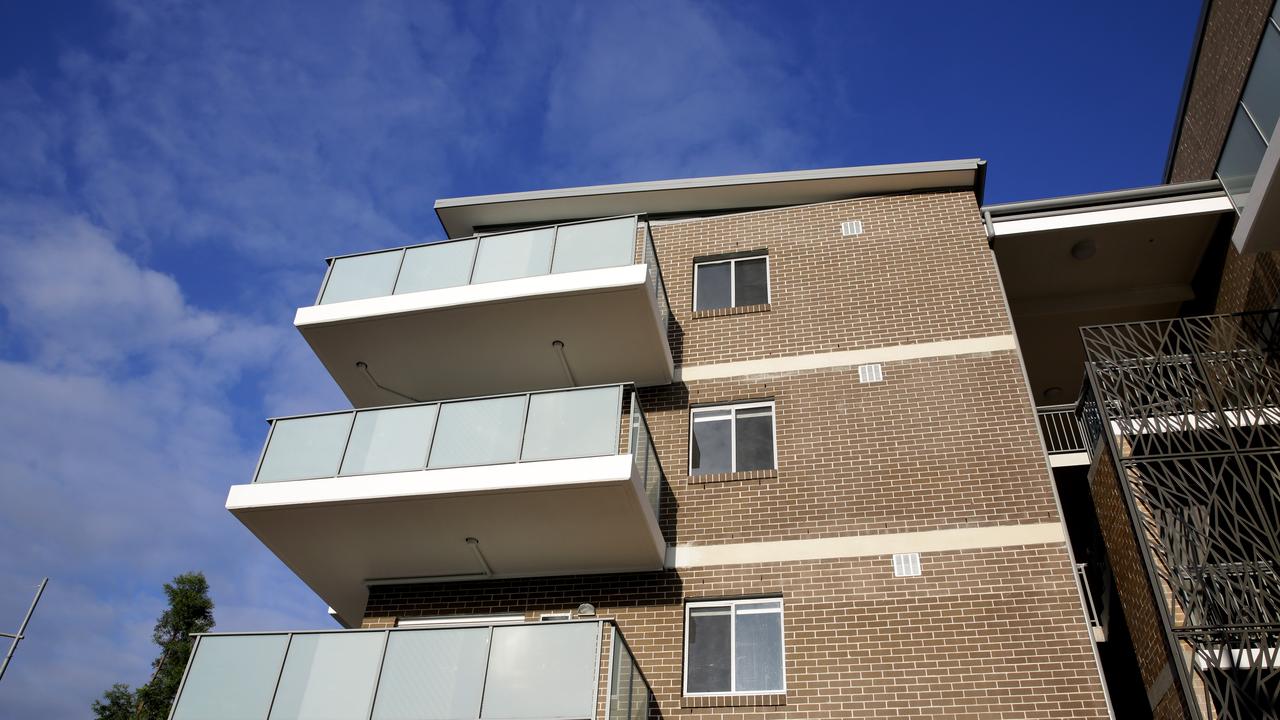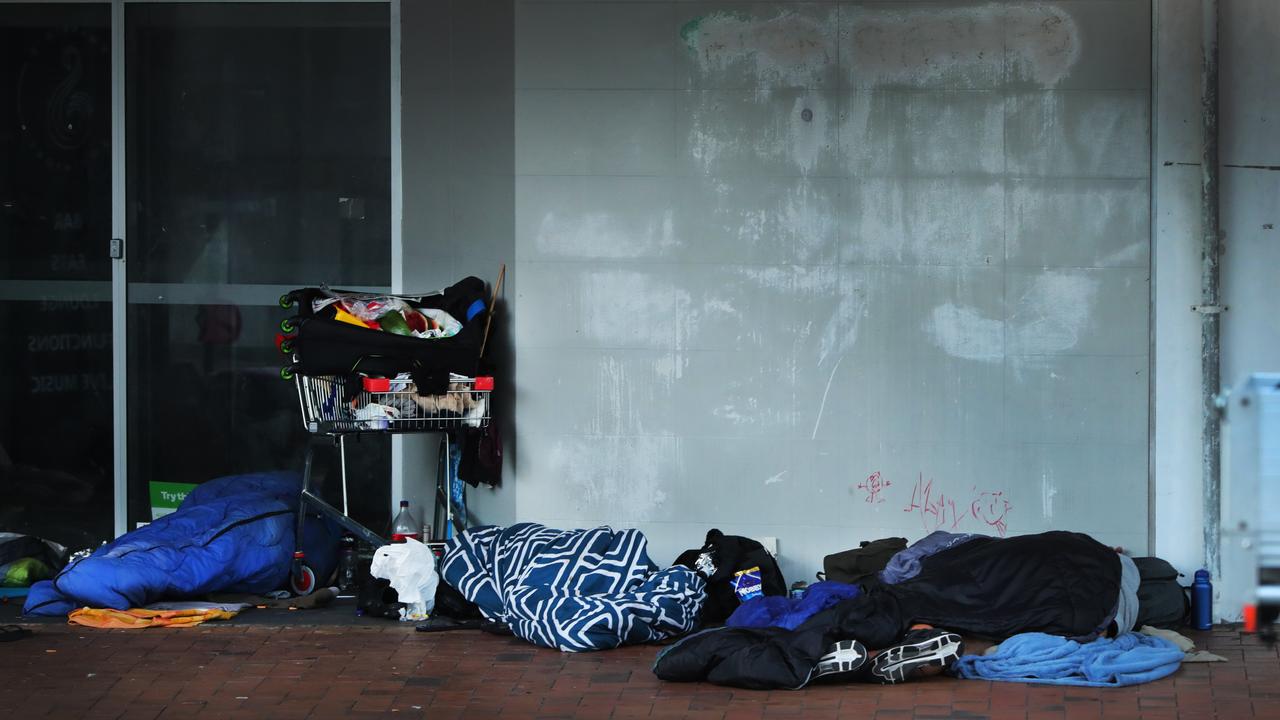Why cruise ships aren’t the solution to Australia’s affordable housing crisis
One Aussie has taken the country’s housing crisis into his own hands, suggesting unused cruise ships could be the solution to affordable homes - but not all agree.
As the country’s social housing and cost of living crisis intensifies, some Australians are thinking outside the box for solutions.
In 2021, more than 440,000 public housing dwellings existed around the nation, according to the Australian Institute of Health and Welfare.
But two years on, affordable housing campaign Everybody’s Home says this number isn’t enough as the country suffers from a shortfall of more than 443,000 social housing properties.
So with low and middle-income housing on the minds of families in poverty, renters and struggling homeowners, one innovative Aussie has proposed an idea that could see more people with roofs over their head.

Petitioner Bob Brown believes surplus cruise ships left sitting dormant due to the pandemic could be the solution to Australia’s housing crisis.
In a petition published to the Parliament of Australia website, Mr Brown says billions of dollars’ worth of unused new cruise ships could be repurposed as social houses.
“A cruise ship is a self-contained town with generally high-quality accommodation, entertainment, shops (and) sickbays,” Mr Brown wrote to justify his petition.
“A ship also provides appropriate power generation and waste treatment. Cruise ships can be tied up at all major cities and used to quickly bring housing capacity ‘online’.”
As for where these cruise ships would be docked, the petitioner suggests underused or closed ports like Brisbane’s Portside Wharf – which was recently shut due to the precinct undergoing a $20 million revamp.
“This facility appears ready-made to support a long-term ship tie-up. There are probably similar unused/underused facilities in many Australian major cities,” Mr Brown said.
“There is currently no other proposition that offers such a quick response to the housing crisis as this.”
Mr Brown’s idea stemmed from proposals like Carnival Cruise Line offering to turn its cruise ships into makeshift hospitals overseas during the pandemic.
Meanwhile, in 2006, Royal Caribbean Cruises and six universities including Sydney’s Macquarie University, teamed up to create the “Scholar Ship”.
The vessel was the world’s first floating university campus and sailed across the globe to encourage intercultural learning.

Not all on board with the idea
But despite cruise ships being repurposed in the past and a portion of new ships still sitting dormant post-pandemic, not all are on-board with Mr Brown’s proposed solution to the country’s housing crisis.
Maiy Azize, spokesperson for Everybody’s Home national, told news.com.au that Mr Brown’s well-intentioned idea underscores the desperate need for governments to “step up and do more”.
“Cruise ships may be great for a few weeks’ holiday but they are not homes. They will not solve Australia’s housing crisis,” Ms Azize said.
“A home isn’t just a roof over your head. It should be a place where you can return after a day’s work to prepare a decent meal for your kids and get a good night’s rest.”
Ms Azize also said the financial cost of such a plan would be better off spent building secure social homes that enables people to lay down their roots and build their lives.
“That’s what makes a home the foundation for strong families and communities,” she said. “People are desperate for solutions. It’s up to the government to step up and take action.”

CEO of Homelessness Australia Kate Colvin also backs Ms Azize’s calls for the government to do more, telling news.com.au Mr Brown’s idea is a “quite outdated thought”.
“In a way it sounds appealing because when people say cruise ship, they think of a lovely holiday,” Ms Colvin said.
“But in actual fact, if you squash hundreds of people who are struggling financially into that sort of crowded space, what you’re creating is a floating swamp, not a cruise holiday.”
Instead, Ms Colvin said the government should look at Finland’s rehoming models such as its “Housing First” initiative where homeless people become tenants in apartments that belong to non-profit affordable housing organisations.
As a tenant they’re required to sign a tenancy agreement and pay rent and operating costs. Social workers are also situated in the residential buildings to help tenants apply for financial assistance.
It’s from this experience that educates them on what it takes to rent in the real-world and motivates them to get a job, manage their mental health and work towards finding their own accommodation.
“(Finland) discovered that when the homeless were using shelters, people came into the shelter, stayed for a few nights, or potentially longer, left then came back … and were not really escaping their situation,” Ms Colvin said.
“But when people were provided with housing and support, they sort of stuck to that house and the situation for them became much more stable.”

Almost every night, 120,000 people are homeless in Australia, with an estimated additional 1.1 million Aussies at risk of mortgage stress.
So as another rate rise approaches, it’s clear all three individuals are calling on the government to help struggling Australians before it’s too late.
“Even if only used as a temporary solution, this would be better than nothing,” Mr Brown said.






